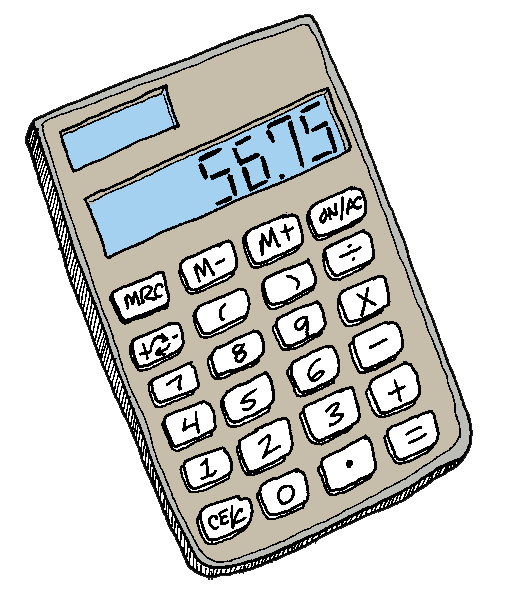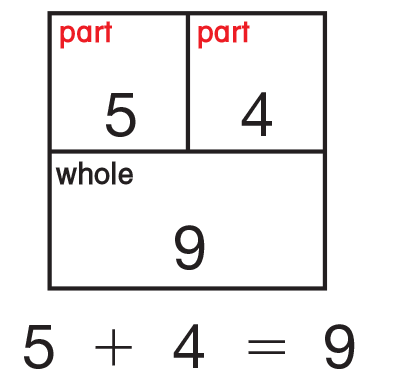A pet shop provides students the opportunity to discuss and solve addition problems. The part-whole concept and related language are discussed. Both parts are known and added to find the whole amount. Students are introduced to using calculators as problem-solving tools used to check whether their answers to addtions problems are reasonable.
Content in this Lesson
- Connecting mathematics to real-world situations: creating and solving word problems about pets.
- Representing addition situations with stories, diagrams, and number sentences [E7].
- Solving addition word problems involving two whole numbers whose sum is less than or equal to 30 using tools (e.g., counters, number lines, calculators, diagrams, ten frames) [E6, MPE2].
- Composing and decomposing numbers using cubes, drawings, ten frames, number lines, diagrams, and number sentences [E1].
- Connecting representations of quantities [E4].
- Communicating mathematics orally and in writing.
- Exploring the calculator as one tool for calculation to determine the reasonableness of a solution and to check calculations [MPE3, MPE4].
- Solving addition problems using the counting-on strategy [E5].
- Using labels to show what numbers mean [MPE6]
Daily Practice and Problems C–F
Assessment in this Lesson
| Assessment | Expectation Assessed | Math Practices Expectation Assessed |
|---|---|---|
|
DPP Item C Is it Even or Odd? Teacher Guide - digital |
|
|
|
Rooster's Addition
Story with Feedback Box Teacher Guide - digital |
|
|




















